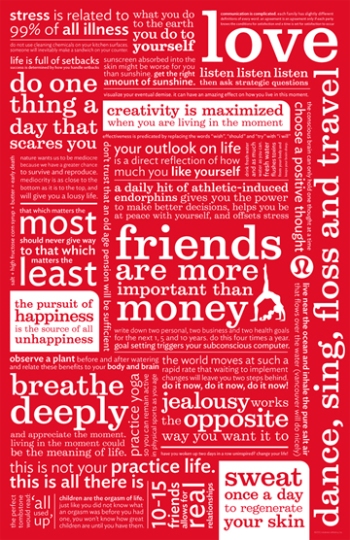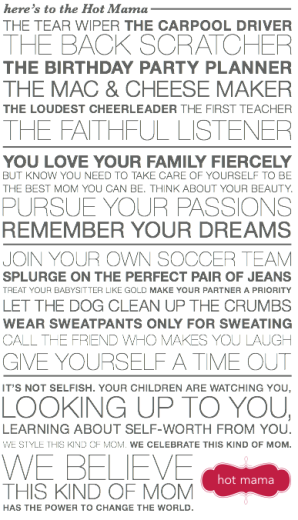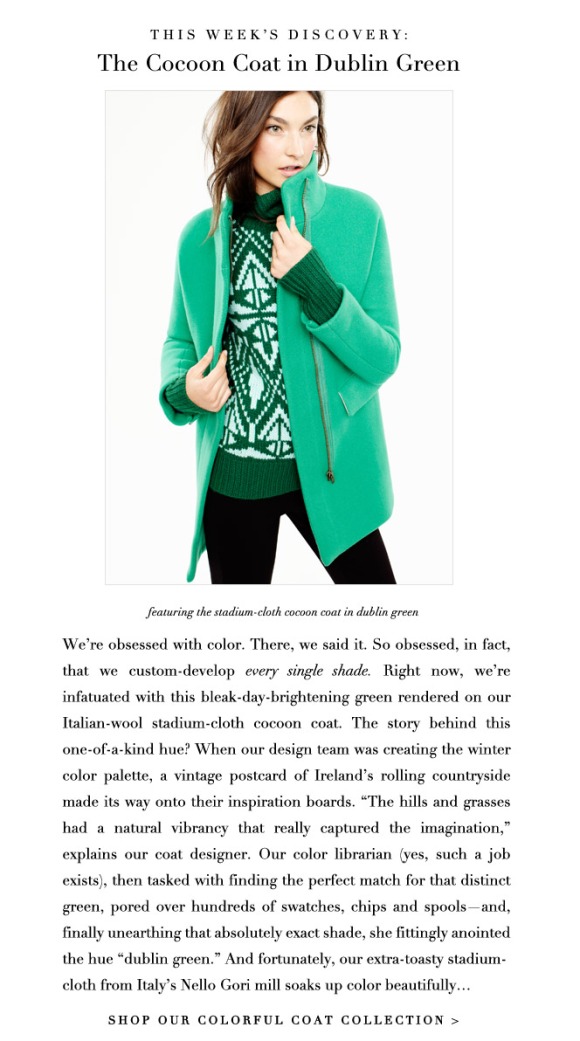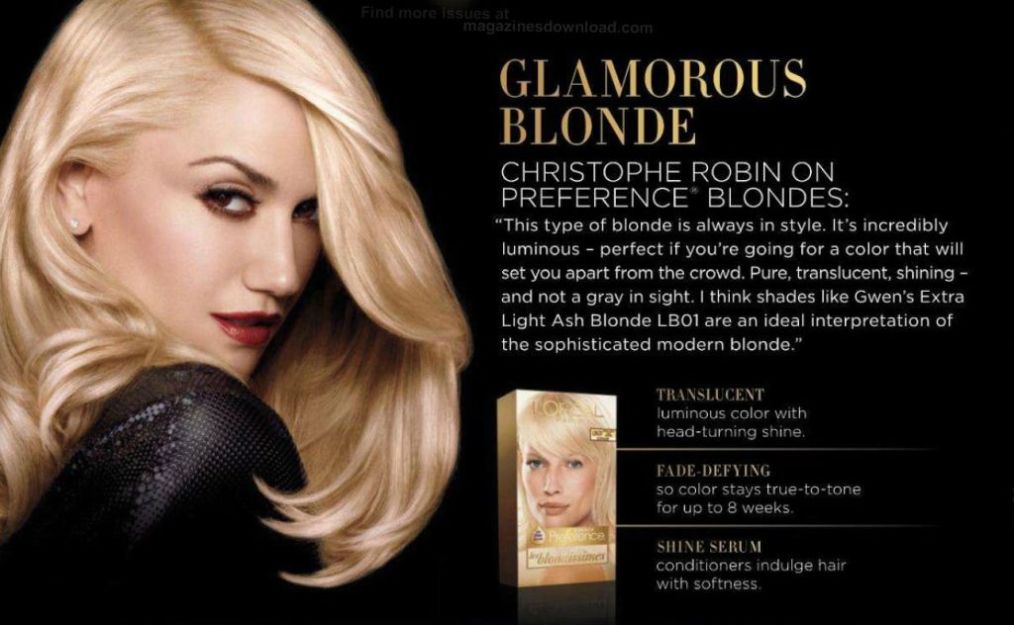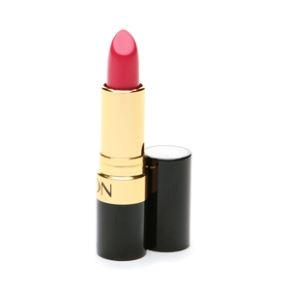Corporate advertising can get a bad rap. While corporate ads are designed to make people like a company, the act of tooting one’s own horn can have the opposite effect. In contrast, a well-written corporate manifesto can inspire the reader and leave them feeling warm and fuzzy about the company. Two of the most successful and memorable manifestos I’ve seen are those of lululemon and Hot Mama.
lululemon’s manifesto includes tips for healthy living (“practice yoga, so you can remain active in physical sports as you age”), challenging ideas (“your outlook on life is a direct reflection on how much you like yourself’), and a few cliches (“do one thing a day that scares you”). The short quotes presented in this manifesto relate both to yoga and running–the core activities for which lulu creates clothing–as well as living a happy, well-rounded life. People who shop at lululemon buy into this idea of healthy living.
lululemon’s manifesto can be found on its gift cards, packaging, store windows, and in their stores. The manifesto is clearly the way that both employees and customers are encouraged to live, which makes it effective and authentic.
Hot Mama’s manifesto is slightly less philosophical but still rings true to moms. The manifesto begins by listing the many roles of moms (“THE LOUDEST CHEERLEADER. THE FIRST TEACHER.”) and goes on to encourage moms to take care of themselves in the same way that they take care of their families. Hot Mama’s manifesto presents a balanced lifestyle in which Mom loves her family but also takes time for herself which sets a good example for her children (“JOIN YOUR OWN SOCCER TEAM. SPLURGE ON THE PERFECT PAIR OF JEANS. . . IT’S NOT SELFISH. YOUR CHILDREN ARE WATCHING YOU. . . LEARNING ABOUT SELF-ESTEEM FROM YOU.”)
I think that Hot Mama’s manifesto is very effective in helping moms realize that it’s okay to care about their appearance, and to take time to spend money on their own clothes, even if those clothes are going to get messy.
Hot Mama’s manifesto can be found on their website, on hang tags, on gift cards, and even on signature scent candles. In contrast to lululemon, where it is assumed that all of the employees are yogis and/or runners, not all of Hot Mama’s employees are moms. The purpose of this manifesto is to empower moms, which is also what the in-store stylists strive to do.
